In Spirit: Temporal Sphere
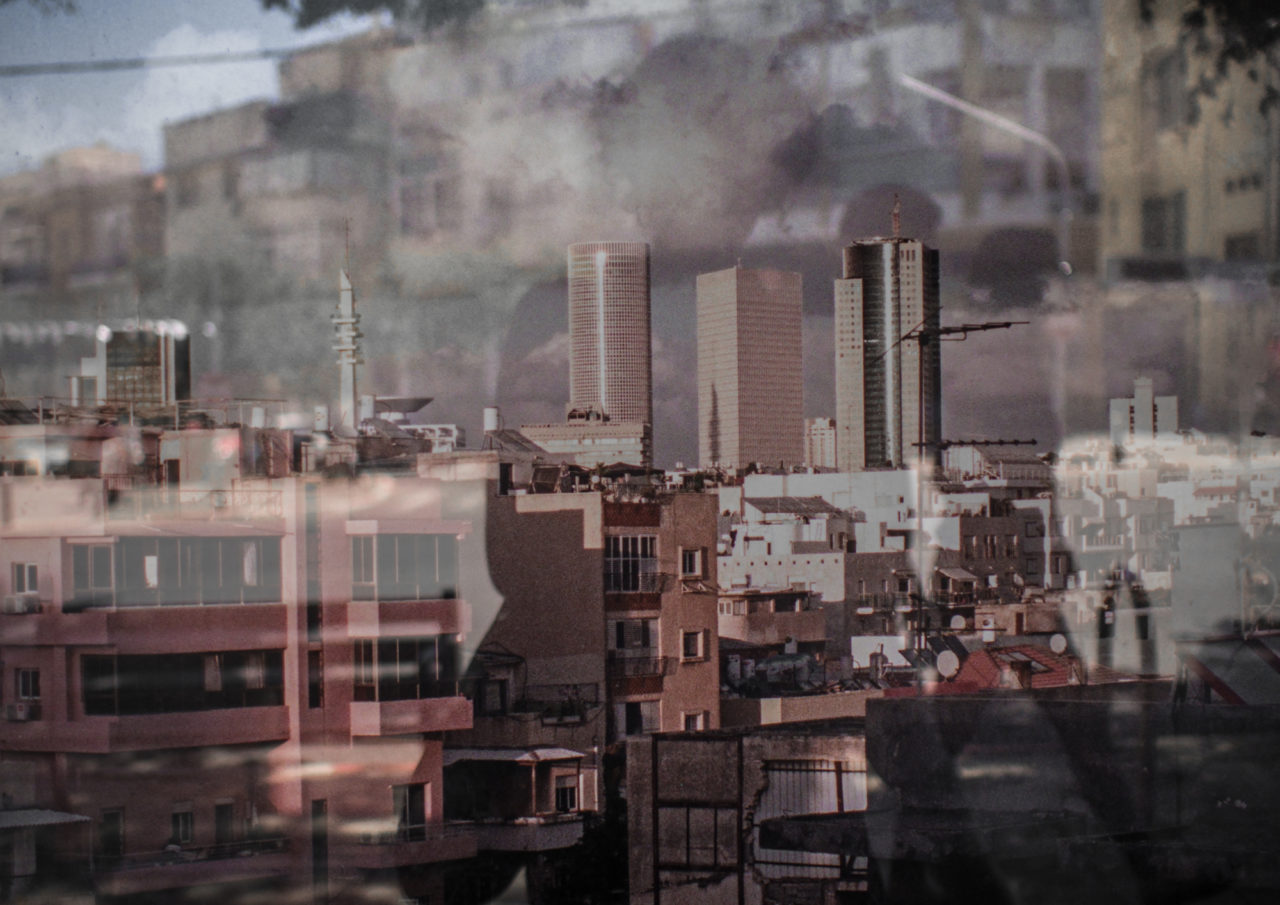
Our existence is made of assembled details such as the colours of a painting, until the day we see the overall image. Memories build up the story of this life that defines us, with which we build up ourselves. And then, one day, if we are lucky, the opportunities placed on our way show us that history may not be so important. One realizes that, from memories, one retains only certain details are distorted with time. Finally, what one must continue to observe is not the veracity of some recall, but rather how much we hold and the emotion that accompanies them.
In the book of the goddess Tripura, the storyteller speaks of a distant land with a king. Hearing that a yogi had just arrived in his kingdom, the king ordered his servants to invite him to the palace. The yogi presents himself before the king, and feeling that the latter is imbued with a desire to know the secrets of Reality, he makes him enter into a trance. In this trance, the yogi freezes time and takes the king to another world, another life. There, the king has neither family nor fortune. The yogi having disappeared, the king becomes a peasant and begins to lead a new life with a new family. Then one day, the farmer meets the yogi again, the same yogi who had come to his palace 20 years before. The yogi returned the king in a new trance to bring him back with him at the moment of their departure. What had lasted half a second in one life had lasted 20 in the other.
This tale teaches how time is a flexible canvas, one perspective among others. What would you be if your life were a story? What would you be if you wake up tomorrow morning realizing that everything defining you today—your relationship, your child, your lover, your house, your career, your traumas, your past and your plans for the future—is but a mere illusion?
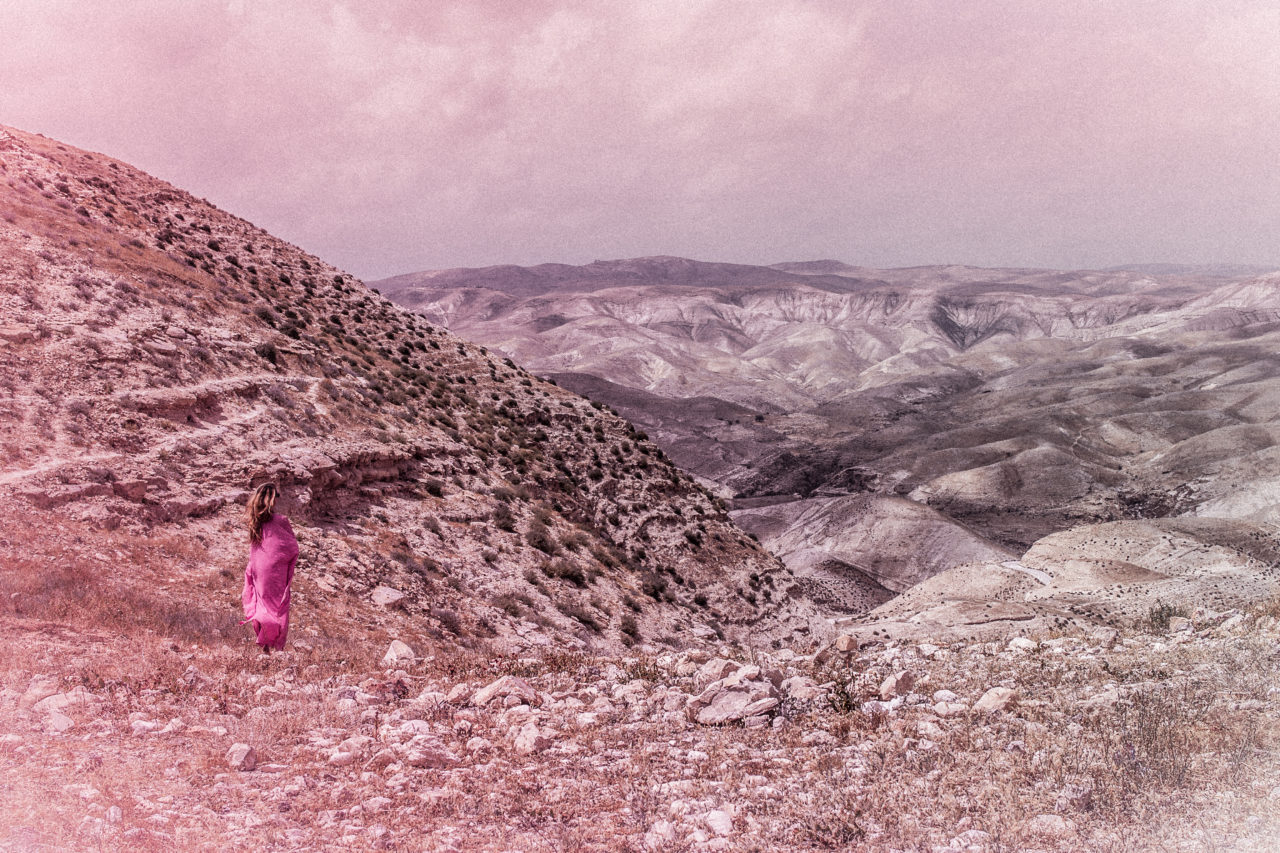
We think our world is important and therefore we are doing everything we can to defend it. The survival of this one is, in fact, the survival one’s own image.
“The world takes the very face of the belief that is projected on him. If you firmly believe that it is only emptiness, it will appear to you as empty as space. A belief, to the condition that it is never recognized as false, becomes permanent. (Tripura, 121)
The trip, for me, is a wonderful learning process of the image’s letting go, because the transition from one culture to another requires to be very flexible in our ‘identities. Sometimes, even the scent of a life spent in this country that is not mine re-emerges in a dream where everything seems familiar as if I had already lived here.
Each trip is a new country, each country is a world in itself with its codes and its language, where each visit is different. I do not go on a trip as a tourist extracted from his daily life for a few weeks as a parenthesis, nor as an explorer in search of overtaking or exoticism.
The only way to move so often was to forget oneself, to no longer need to hook the various experiences and memories related to each place. They were henceforth not anymore separated from each other but amalgamated in a continuous course, and furthermore, unavoidable in the dynamic of what life presents. But in fact, it’s even more than an unfolding, it is like circular worlds that exist in alongside to each other. Every place I go to is a part of my life that takes shape, and when I leave, it falls back into suspense during my absence and reactivates when I return. As Alain Danielou says so well:
“Everyone lives many parallel lives. We can, therefore, make of every man several discontinuous and contradictory portraits; we must not try to amalgamate them.”
I remember my first travels, the shock that the return created in me because of this passage from one world to another. And then, little by little, I integrated the movement. Instead of feeling such as an entity travelling from one universe to another, I understood that I simply had to see it as a mere transition between different parts of my city.
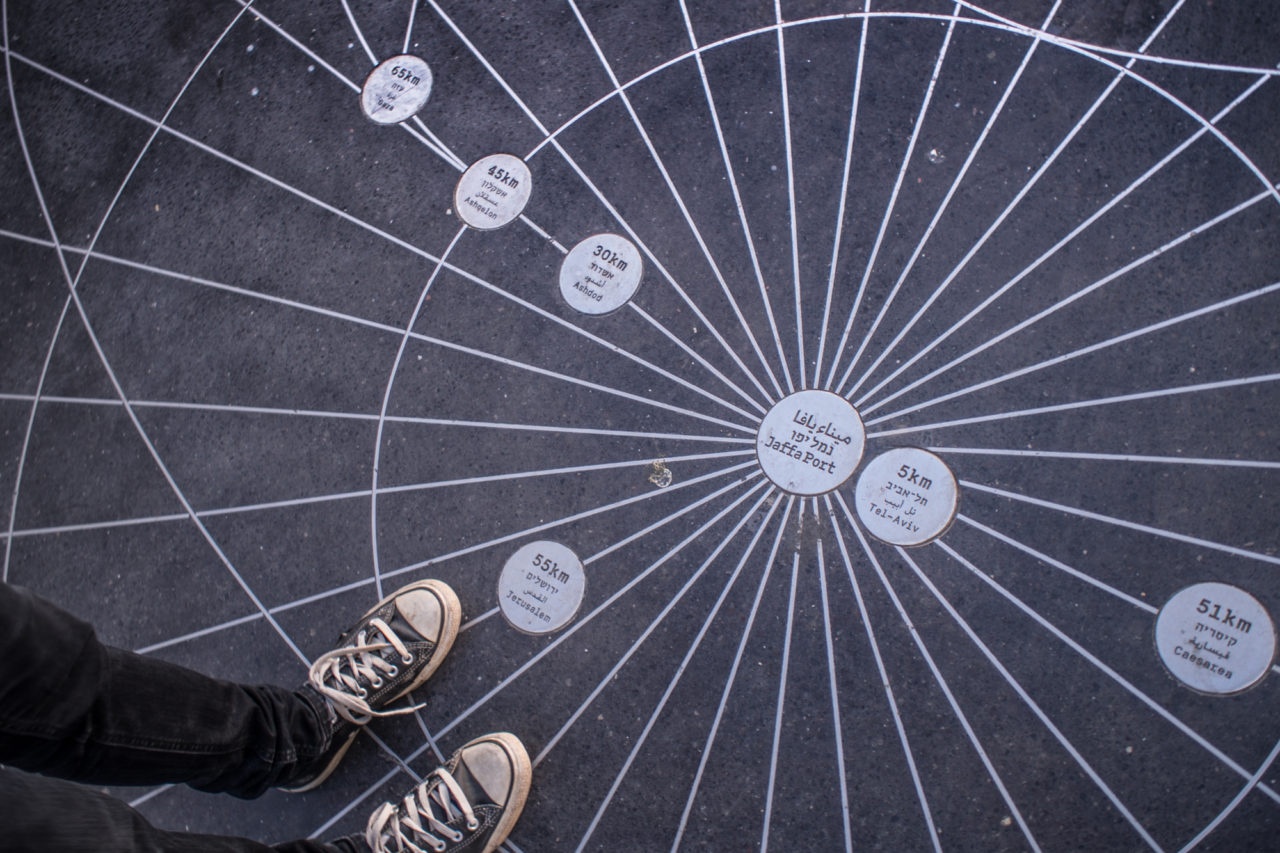
Often when travelling, you discover yourself differently. The body and the psyche having very strong survival instincts will adapt (more or less depending on the character of the person) to their environment. This is how, in a situation or a culture, other traits of ourselves that we did not know reveal themselves. When we return “home,” suffering often appears when one witnesses the return of usual patterns related to such well-known environment.
But the grace is to see how much each return is a way to better reveal the way my mechanism reactivates. It is an opportunity to identify them, to realize where I still have to work on myself. The trip is not to leave, but it is to return. The journey of return has its place: this moment when I rediscover my life with a little hindsight, where I see better what I normally do not see anymore because of being too close to them.
Today, every time I go somewhere, I am totally here and give myself completely to the unfolding happening of this new place. The world over there disappears as in a mist. Even if I keep in touch with some of my activities that also cross the continents, there is this feeling that what is not there, actually, no longer exists. The trips taught me a presence without concessions, to integrate the “there” in the “here,” and not to save anything. I have seen in me the habit of not settling too much because I’m leaving soon, not to do too much to keep something for the next trip, postpone to the next visit. But finally, I realized that next time does not exist. It’s like keeping a nice dress in the closet for the right occasion. It does not mean doing everything, because it is not the experience that matters, the presence does. It means to live all that is to be lived, each decision and each movement, with the intensity of this presence, in which neither regret of the past nor anticipation of the future exists.
The trip is not to go from one country to another, but to live. The intensity does not depend on the number of experiences but on the presence of oneself.
“Time is only an illusion, an apparent succession of moments during a journey that beings make in the eternal present. At certain moments in the spiral of life, we are close to other past or future moments; then we move away again. Is our destiny foreseen, is it foreseeable? We feel it vaguely and yet if we reverse the course of time, if we follow our evolution from old age to childhood, many things light up, express themselves, become logical, coordinate. Chance, the unforeseen vanish. The child is the result of mature age, the culmination of the future. It is not predestination, it is simply the realization of a fundamental Reality of the world’s nature. Time is only an illusion. All the moments of life coexist in the divine and wonderful substratum of eternity. ” (Alain Danielou, 1981, Prologue: 11)
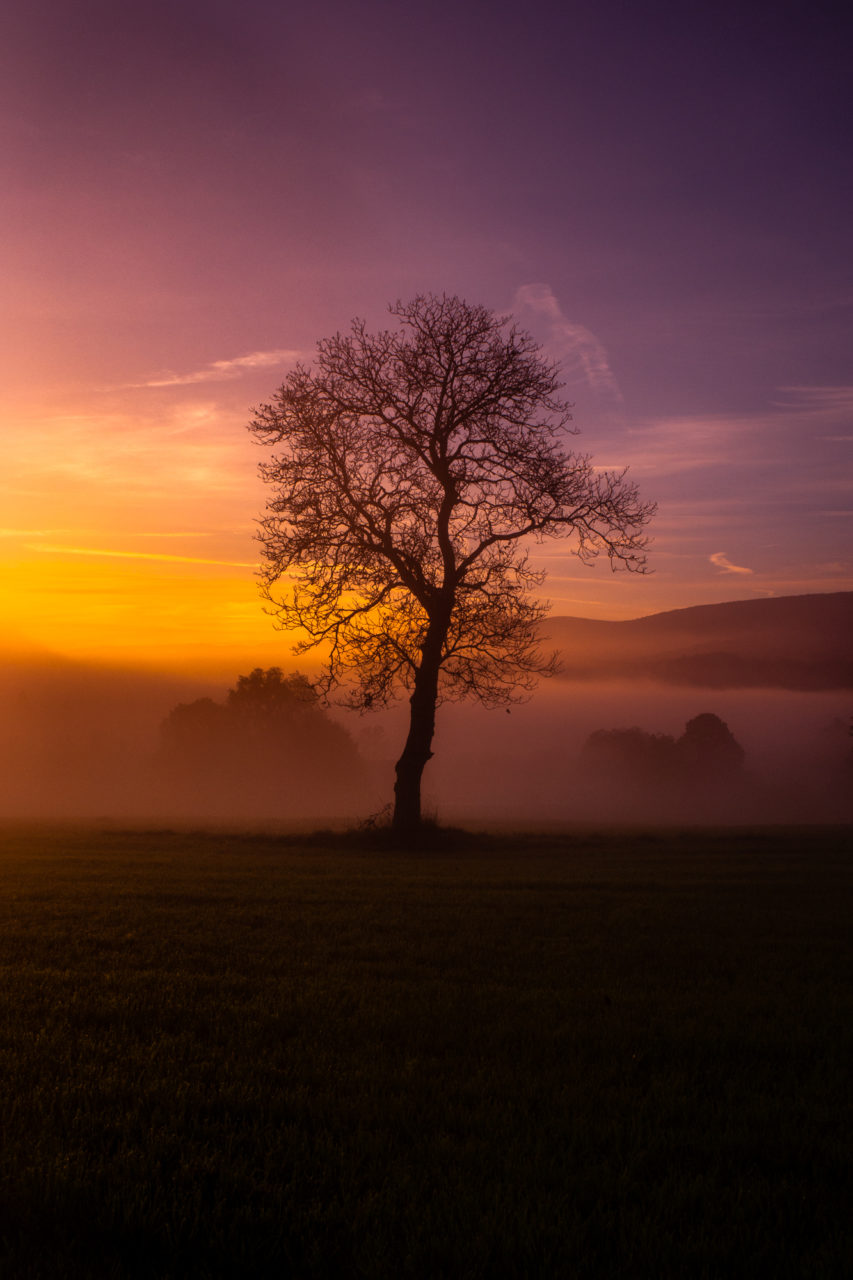
At the end of September I hit the road again. My next words will come from India, my articles of the following months will be fed again by Indian culture, between tradition and modernity, photos and words that will resonate. On the agenda for the coming months
- Kamakhya and the sex of the goddess
- Bengal and its tales
- Bhedaghat, lingams and yoginis
And many others that will be built on the way … To follow the progress and photos of the trip, appointment on the page.
Readings
Danielou, Alain, 1993. Le chemin du Labyrinthe: Souvenirs d’Orient et d’Occident. Ed du Rocher.
Hulin, Michel (traduction), 1979. Tripurarahasya: La doctrine secrète de la déesse Tripura. Ed Fayard.


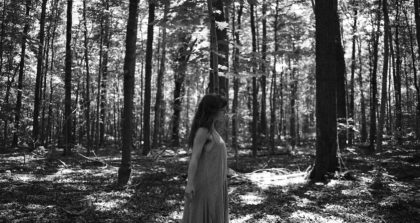
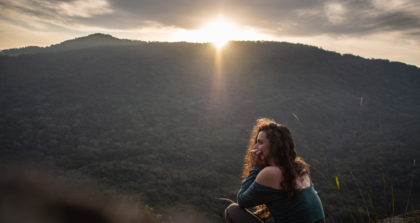
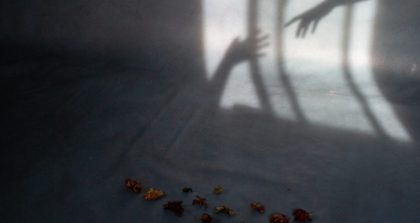
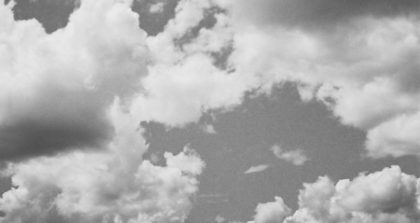

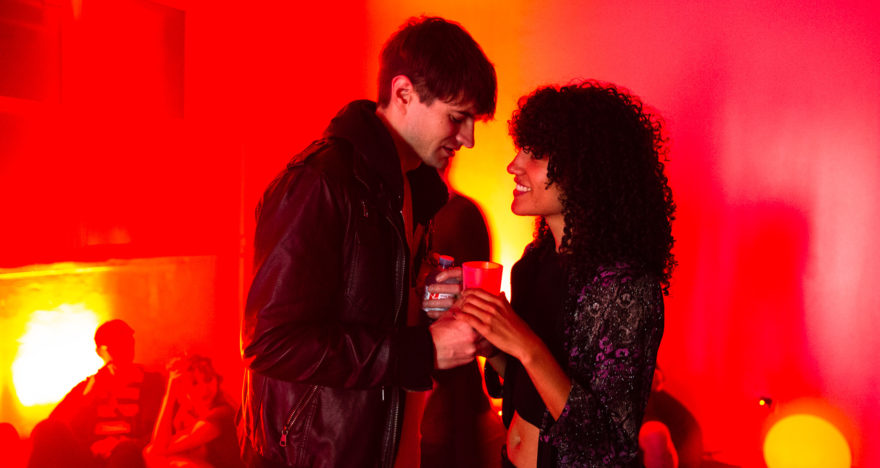
View Comments
No Comments (Hide)